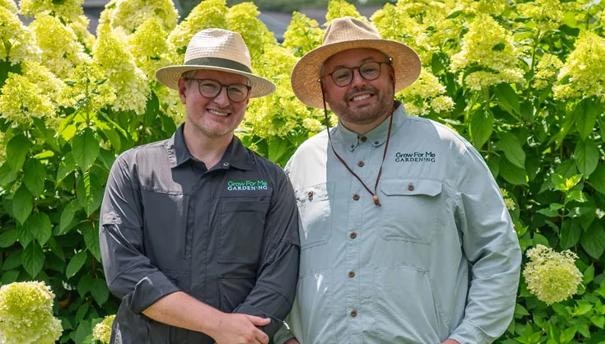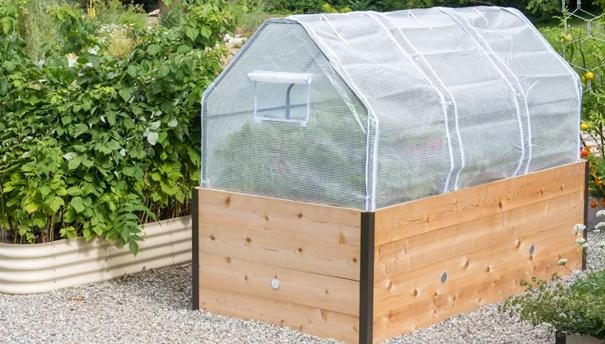This common fungal disease of tomatoes and potatoes first appears as dark brown spots on leaves. On close examination, the spots show a pattern of concentric brown rings. Spots may enlarge and merge, and the leaves will turn yellow and die. Infected plants slowly lose leaves from the bottom up as the disease progresses. Tomato plant stems may also be infected, and eventually tomato fruit will display leathery black lesions. If the disease progresses relatively slowly, gardeners can usually expect to harvest usable fruit, but the quality and yield will be reduced. When potatoes suffer from early blight, their leaves display similar black spots and the tubers become covered with brown, corky spots.
The early blight fungus overwinters in plant residues in the soil; the disease spreads rapidly in warm, humid conditions.
Prevention and Control
- Grow blight-tolerant tomato varieties and purchase disease-free seeds and plants.
- If space allows, rotate susceptible crops.
- Destroy any volunteer potato or tomato plants that sprout in your garden, as they may already be infected.
- Keep foliage as dry as possible. Use drip irrigation or soaker hoses rather than overhead watering.
- Keep tomato plants staked to encourage good air circulation and minimize contact between plants and soil.
- Mulch tomato plants early in the season to slow the disease spread.
- Pick off and destroy infected leaves. If the disease continues to spread, uproot and destroy or deeply bury the diseased plants.
- After harvest, remove all potentially infected plant debris from the garden and destroy it. Compost the material only if you maintain a
- hot compost pile that will reach 150 degrees F for several days.




